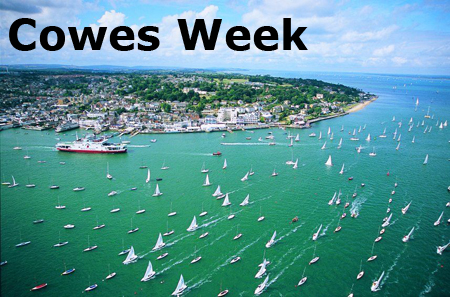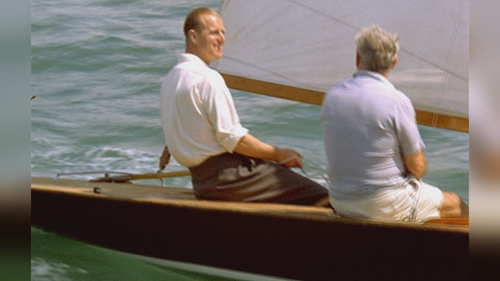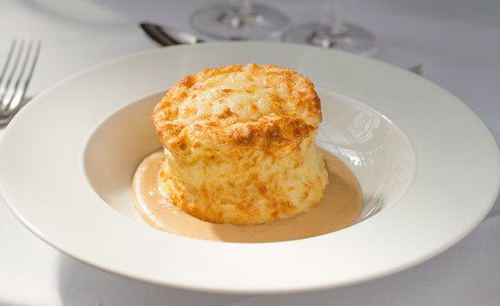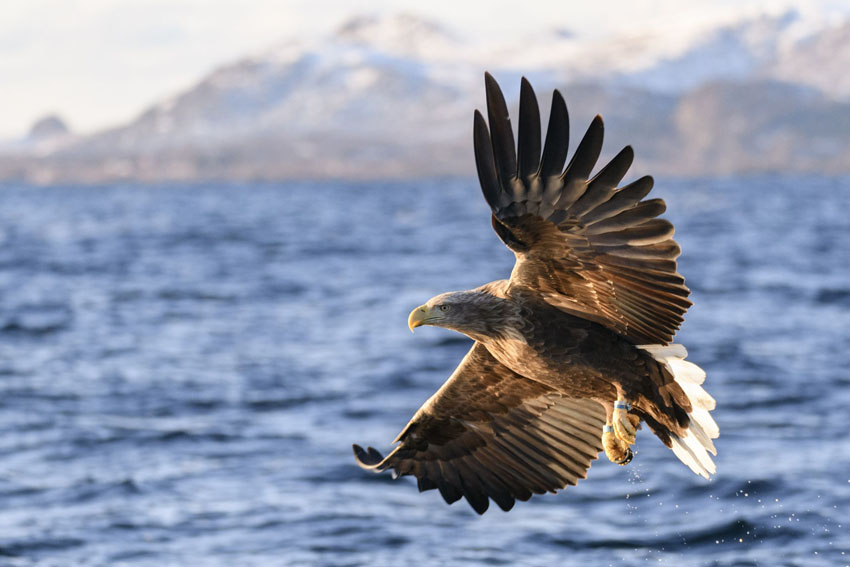




Back to the Isle of Wight Page

- The Royal Connection
- The Isle of Wight Eats
- Owlbut's Birdwatch
- Isle of Wight VIPs
It was said that Osborne House
on the Isle of Wight was a favourite holiday home for Queen Victoria. However you can go and read about that yourself or even, if you happen to visit the
Isle, also visit the House as much of it is open to the public.
 Instead I'm going to tell you of a different royal connection.
Islands are by definition surrounded by water and boats sail on water. George IV,
who became King in 1820, was interested in yachting. The Royal Yacht Club was based at Cowes on the Isle of Wight and in August 1826 they organised a race
off Cowes and another the following day. Seven yachts competed in that first race. The next year George IV presented a cup (cunningly called the King's Cup).
After a couple of years the event became known as Cowes week and it has been held every year since, excluding the war years.
Instead I'm going to tell you of a different royal connection.
Islands are by definition surrounded by water and boats sail on water. George IV,
who became King in 1820, was interested in yachting. The Royal Yacht Club was based at Cowes on the Isle of Wight and in August 1826 they organised a race
off Cowes and another the following day. Seven yachts competed in that first race. The next year George IV presented a cup (cunningly called the King's Cup).
After a couple of years the event became known as Cowes week and it has been held every year since, excluding the war years.
 After WWII Cowes week would regularly have a royal competitor.
Prince Philip, Duke of Edinburgh, husband of Queen Elizabeth II, was a familiar sailor, usually sailing in the smallest class
known as the Flying Fifteen. He was crewed by an Isle of Wight boat builder called Uffa Fox. When Prince Charles and Princess Anne were younger they could
often be seen on the boat with Prince Philip.
After WWII Cowes week would regularly have a royal competitor.
Prince Philip, Duke of Edinburgh, husband of Queen Elizabeth II, was a familiar sailor, usually sailing in the smallest class
known as the Flying Fifteen. He was crewed by an Isle of Wight boat builder called Uffa Fox. When Prince Charles and Princess Anne were younger they could
often be seen on the boat with Prince Philip.
The event is now a fixture, in non-Covid times, on the social calendar. It is one of the UK's longest running and most successful sporting events.
![]() Back to the top
Back to the top
The Isle of Wight has its own cheese
making company cleverly called The Isle of Wight Cheese Company. They started making cheeses at a dairy in Queenbower in 2006 and when the dairy farmer retired
in 2017, they purchased the dairy.
The aim, so it says on their website, was to create a variety of small scale handmade cheeses for the island. I really love
this idea of a small company being set up for its own community.
 One of the cheeses they make is called the Gallybagger,
a name which immediately caught my attention. It is an unpasteurised cheddar type that
is 4-5 months old on average. It is pressed into modern Dutch Gouda moulds which give it its continental shape. The cheeses age on locally sourced Lawson Cypress
wooden shelves (this gets better) and these shelves help contribute to the moulds that you find on the rind and the subsequent flavours inside the cheese.
They use milk from a local herd of Holstein Friesian cows which they collect twice a week. They only make about 100 kilos of the cheese each week so very
little leaves the island.
One of the cheeses they make is called the Gallybagger,
a name which immediately caught my attention. It is an unpasteurised cheddar type that
is 4-5 months old on average. It is pressed into modern Dutch Gouda moulds which give it its continental shape. The cheeses age on locally sourced Lawson Cypress
wooden shelves (this gets better) and these shelves help contribute to the moulds that you find on the rind and the subsequent flavours inside the cheese.
They use milk from a local herd of Holstein Friesian cows which they collect twice a week. They only make about 100 kilos of the cheese each week so very
little leaves the island.
While continuing my search I discovered that the Royal Hotel in Ventnor on the island makes a rather nice souffle from the cheese. That is the
picture that you see. I decided I would have a go to make a souffle and this you can see in the video. I don't think the head chef at the hotel need
consider retirement yet. I didn't use his recipe either, for two reasons. One, I didn't know it and that's the second reason too.
![]() Back to the top
Back to the top
The white-tailed eagle is the UK's largest bird of prey. This bird became extinct in the early 20th century in the UK and the
present population is descended from reintroduced birds. There are about 150 breeding pairs at present and they are mainly found on the west coast of Scotland.
However a breeding programme on the Isle of Wight now means white-tailed eagles could be seen almost anywhere in England.
The white-tailed eagle has a brown body and a pale head. It has massive long, broad wings with ends like fingers. It has a short, wedge-shaped tail
which you may have guessed is white. As well as brown, its feathers are also cream, grey and white and it has yellow legs. Its beak is long, hooked, powerful and chunky.
White-tailed eagles will eat fish and other birds, rabbits and hares. They also eat carrion. Carrion is the decaying flesh of dead animals. During the
breeding seasons while they are rearing their young, a white-tailed eagle will need about 600 grams of food a day and this drops to about 300 grams during the winter months.
A white-tailed eagle is between 70 and 90 cms in length, has a wingspan of between 200 and 240 cms and can weigh between 3½ to 5 kilograms for a
male and 4 to 7 kilograms for a female.

Seven random people who were born in the Isle of Wight in the last 100 years:-
The late Anthony Minghella (Director/Playwright), Sheila Hancock (Actor), Phill Jupitus (Comedian), the late Sir Vivian Fuchs (Explorer ‐ Leader
of First Crossing of the Antarctic), Kelly Sotherton (Athlete ‐ Heptathlon), Jeremy Irons (Actor) and Mark King (Bassist with Level 42).
![]() Back to the top
Back to the top

